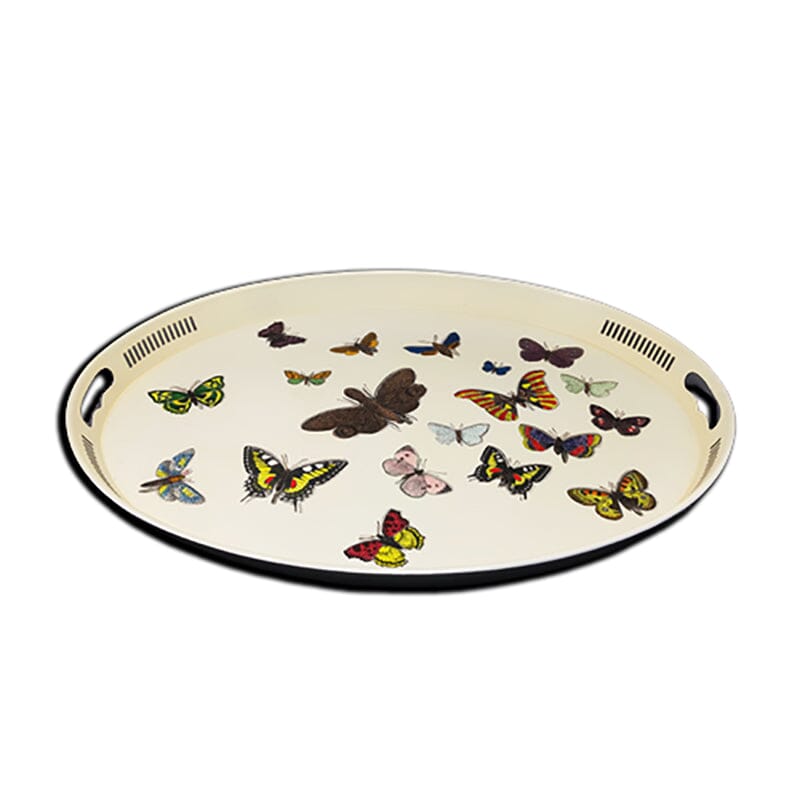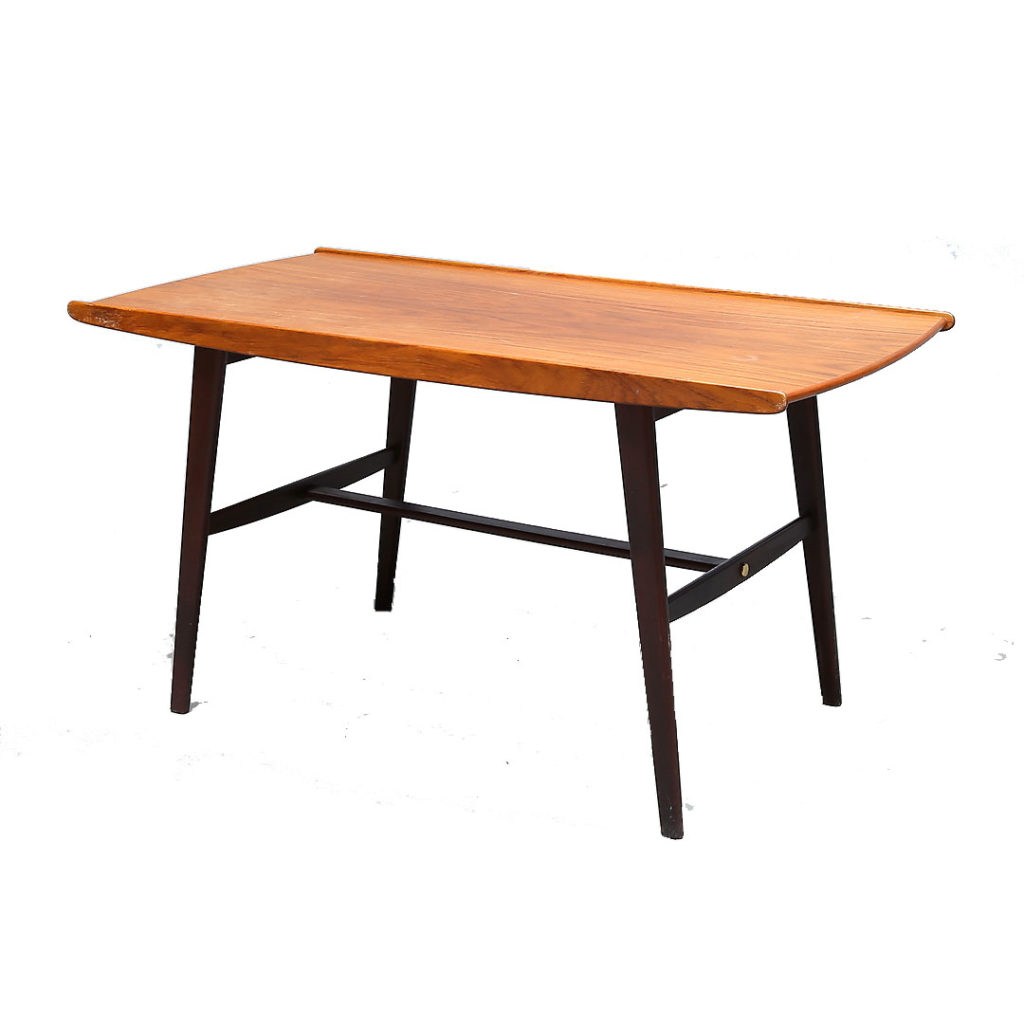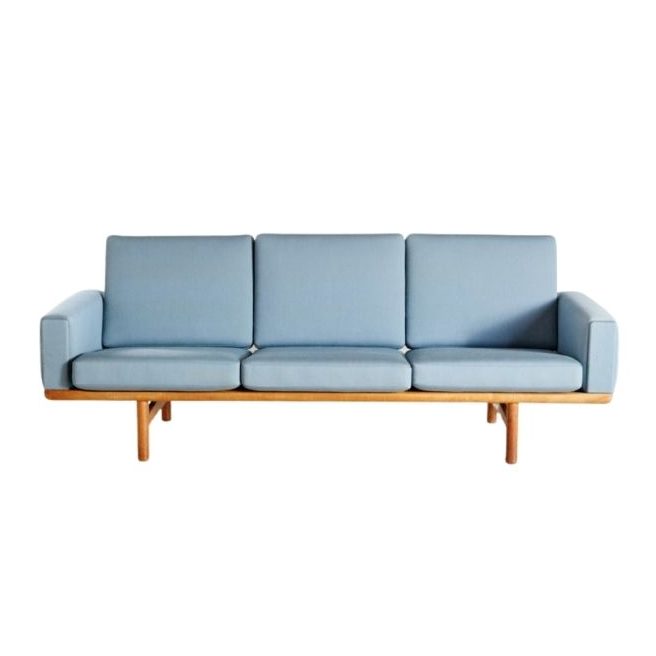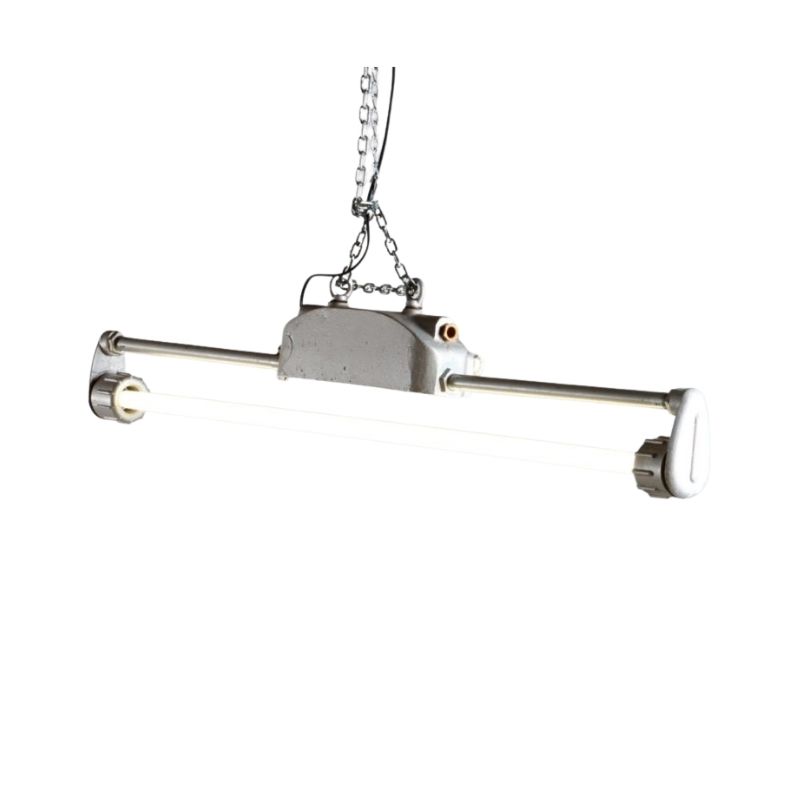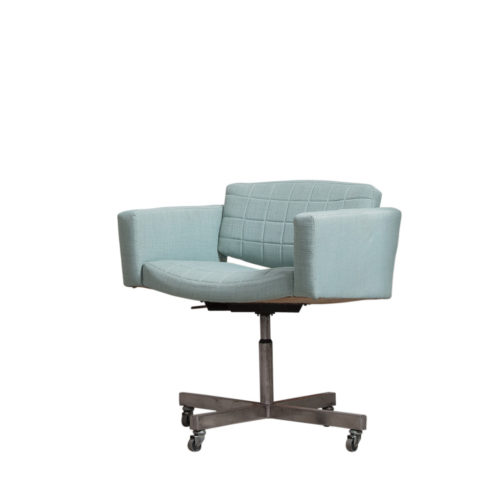Hello Forum, I managed to pick up an awesome herman miller eames lounge chair and ottoman (670/671) at an estate sale yesterday. (Got up at 5am to make sure I was the first in line.) It seems as though I managed to get an original 1956 model, when they first went into production by Herman Miller. There is a very early Herman Miller tag on the bottom; the date of the last patent listed on the bottom is from March 1956; there are three screws under the armrests; the clips connecting the shells to the cushions are round and silver; the cushions are 100% down; and the ottoman has feet that glide on and stick to the base with rubber. From what I understand, shortly after the chair was first produced, Herman Miller switched to using screw in feet on the ottoman like on the base of the chair. A few questions. Can anyone help confirm that this is a 1956 version? And, are these rosewood shells, or some sort of custom order wood? They have a very unusual grain pattern, and seem higher contrast than some of the other vintage Eames chairs I've seen. They have a liquid-like quality to them, almost psychedelic. After a little internet research, it seems like this could be from the "sap wood," rather than the heart of the rosewood, which tends to have a lighter color. But I wanted to check in here to see if anyone had any ideas. Unfortunately, the leather has seen better days, particularly on the seat (where it has ripped around one of the buttons) and on the ottoman. The hardware has some pitting, and the rubber on the feet has hardened and become brittle. The shock mounts seems fine, fortunately. Any suggestions on whether/how to repair/polish? I posted a lot of pictures here: http://www.flickr.com/photos/110955962@N04/ Thanks! http://www.flickr.com/photos/110955962@N04/  <img class="wpforo-defaul
<img class="wpforo-defaul
No two trees are
are identical -- though architects and other designers would prefer otherwise ! This appears, in part, to be some sort of crotch wood -- from those parts of a tree which produce this irregular graining. It wouldn't be to everyone's taste, and might be rejected by today's manufacturers (note the imbalance of light and dark grain, left to right) -- but it's special, no doubt, and adds something to the unique quality of this early set.
Beautiful!!! I would try to l...
Beautiful!!! I would try to leave it as original as possible including the aluminum if there's no serious damage. Where are you located? Make sure whoever you hire to do any restoration is someone knowledgable about the 680/671. You have a piece of treasure that you wouldn't want to risk anything with.
That is one very nice early example.
And I would do precious little to it. Restore the aluminum? Why? Leave it alone. Aluminum oxidizes with age and I think it should be left unpolished and allowed to show its age.
The leather does not look that bad, but leather and fabric does show wear with age and use more than the wood and metal are likely to. I think it should be retained, and preserved. To be able to continue using it, I would repair the blown out button (easily done by a competent shop by patching from the inside) and I'd clean and condition the leather so it remains soft and supple rather than drying and cracking further.
IF you can not live with the color loss to the leather, you can easily restore the color, but I would give it some serious thought before making the decision to do that.
You have a nice chair, treat it with care.
Goregeous brazilian rosewood
Best way to care for the finish and clean the plywood portions is lemon oil. Wipe on, wipe off, also leave a nice citrusey smell. Mothers makes a good harmless aluminum polish if you wanted to shine it up, but I personally vote to leave it and let it dull over time. Its more of a piece to conserve than to restore. DO keep it out of direct sunlight. Great find- you must be proud.
(edited by DA - link removed - no advertising please)
Have you read up on shock...
Have you read up on shock mounts, early warning signs of impending failure, and catastrophic consequences? Probably you have, but just in case before cousin TJ from Texas sidles up an' figgers on stretching out in this here mighty nice chair y'all've got here. And snap!
Joking aside, I think you may have found a chair that is too special to be a functional chair anymore. It is a chair for the eyes. Perhaps this is a point of discussion?
Regardless, the questions wouldn't be about "restoration," but about conservation. Should I? How? By whom? Where to keep it? Sunlight? Humidity? Temperature? Condition the leather? With what?
If you need any help, please contact us at – info@designaddict.com



